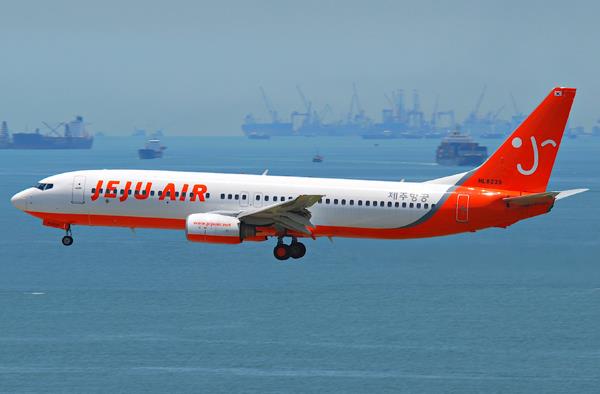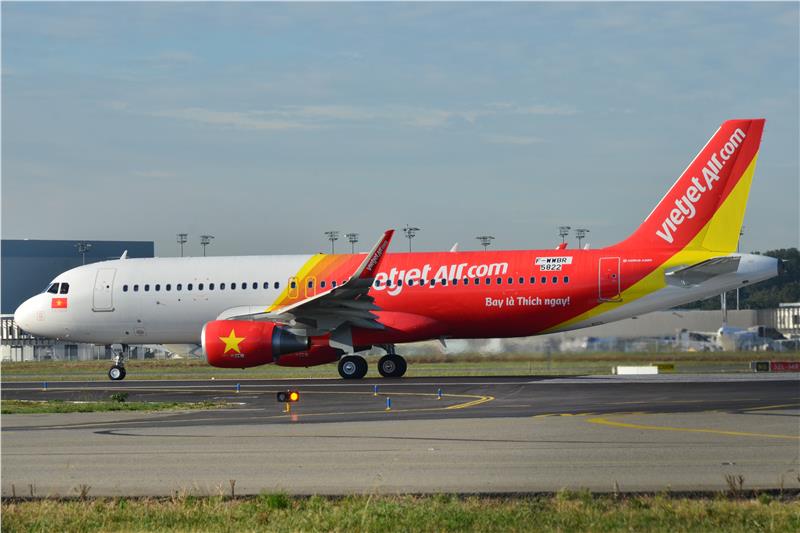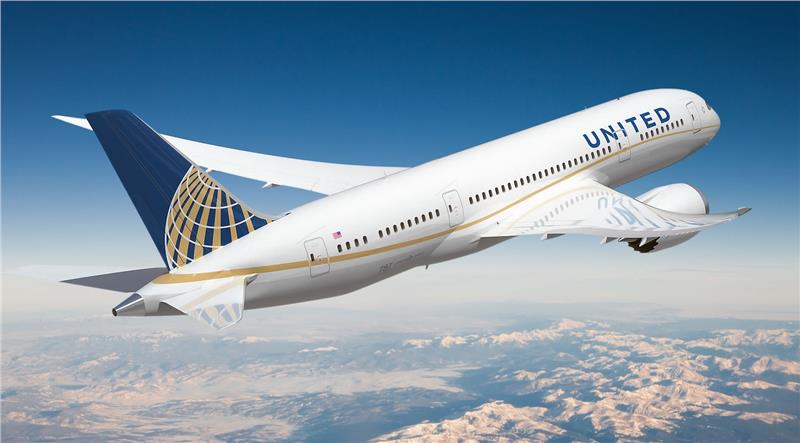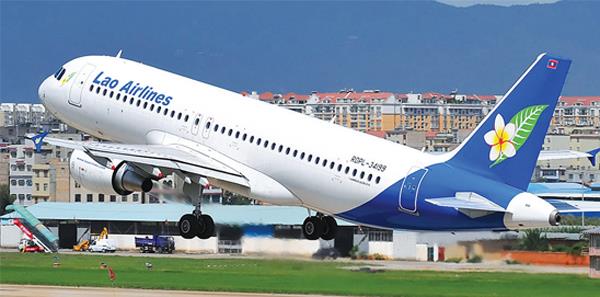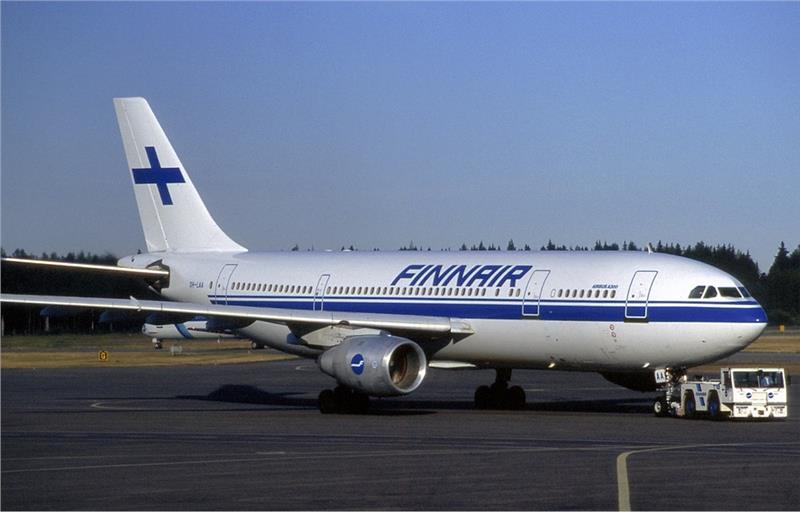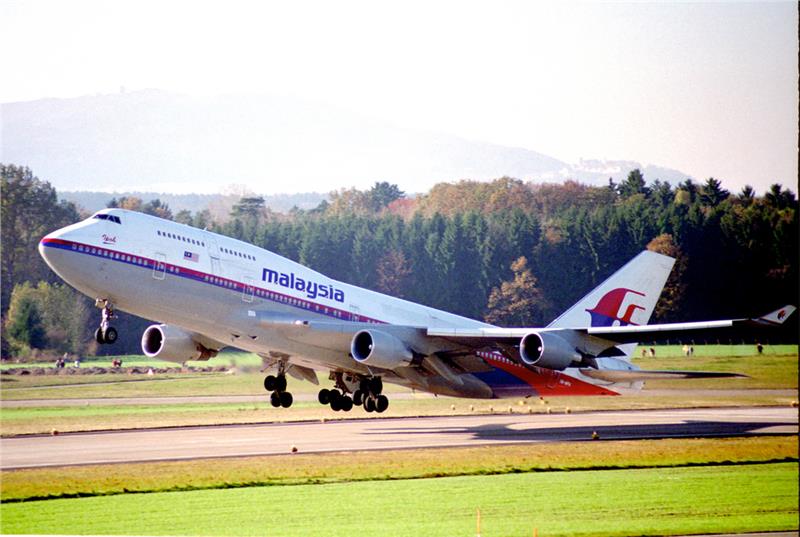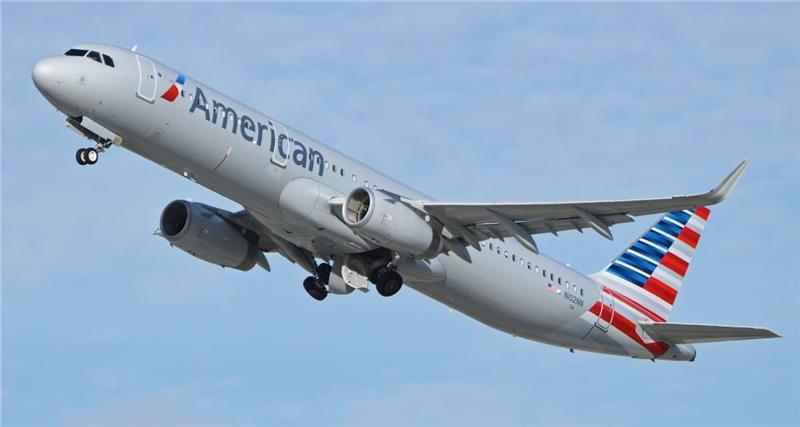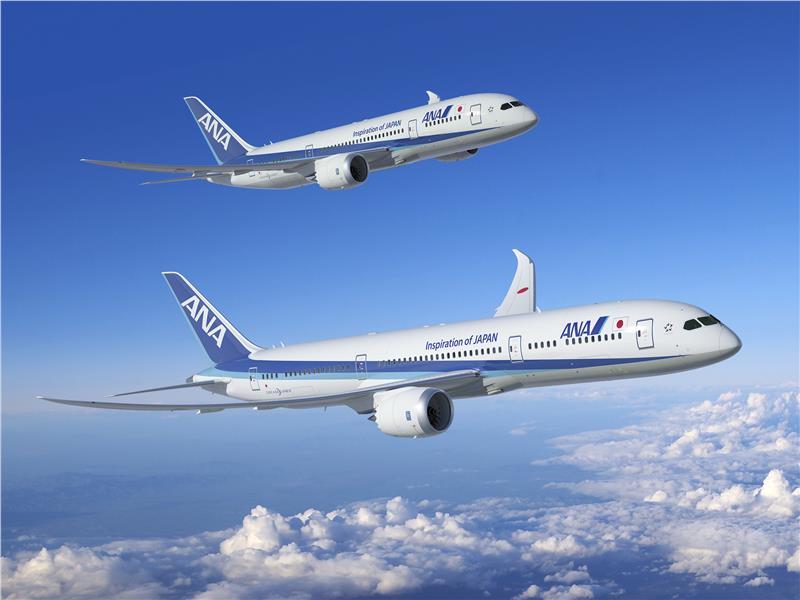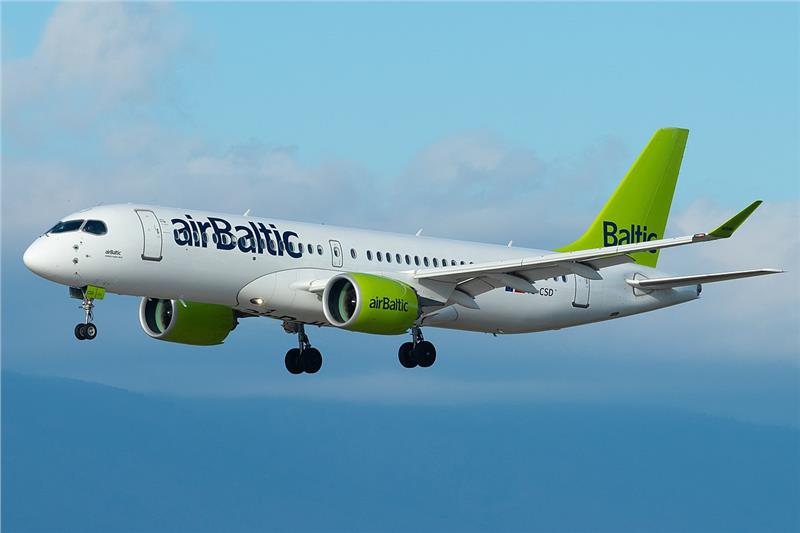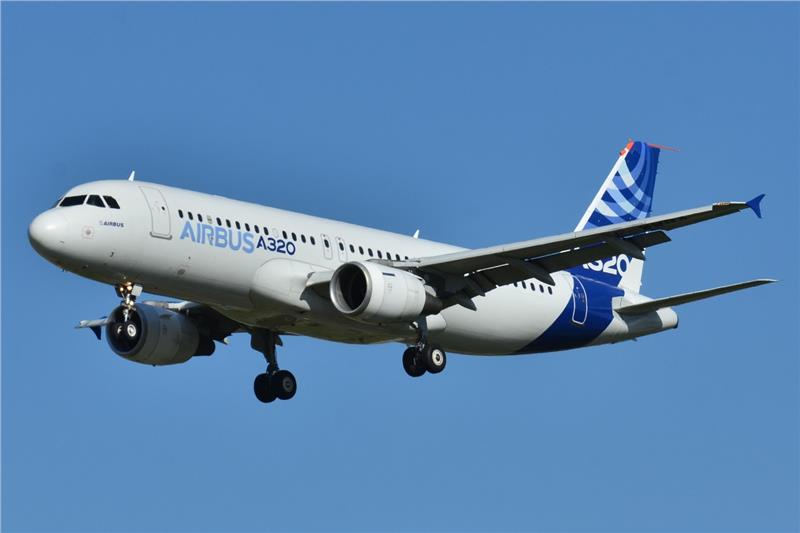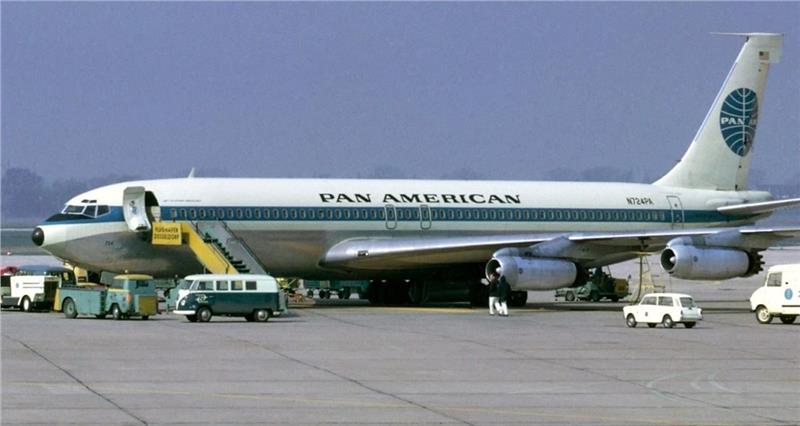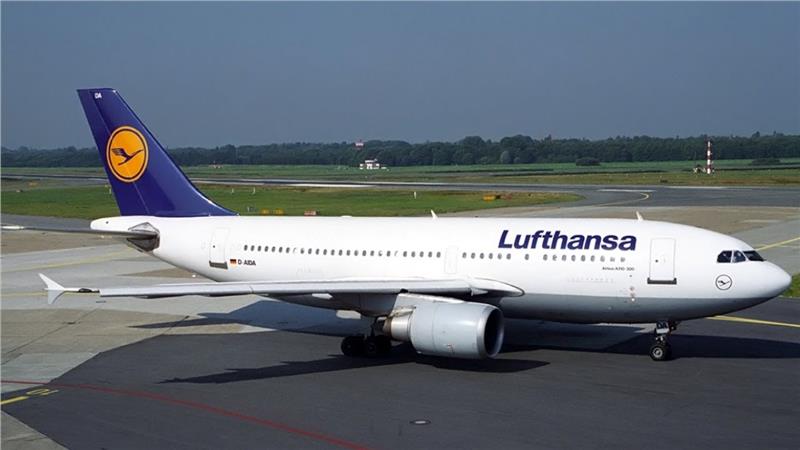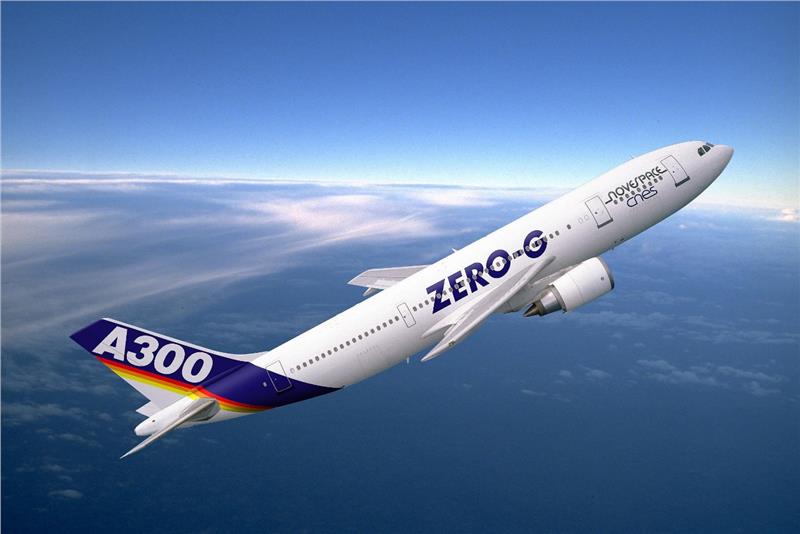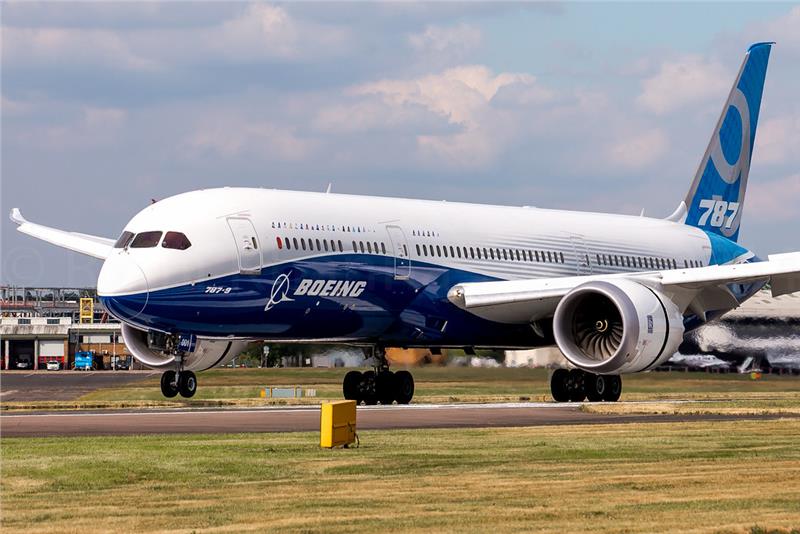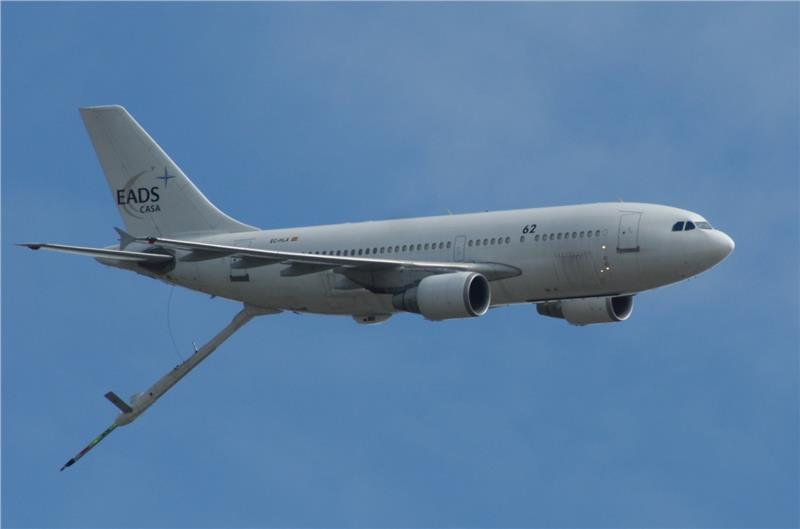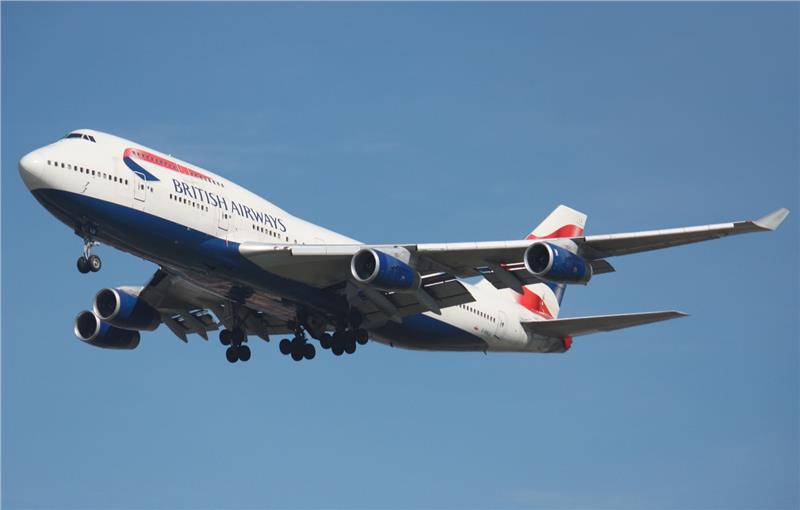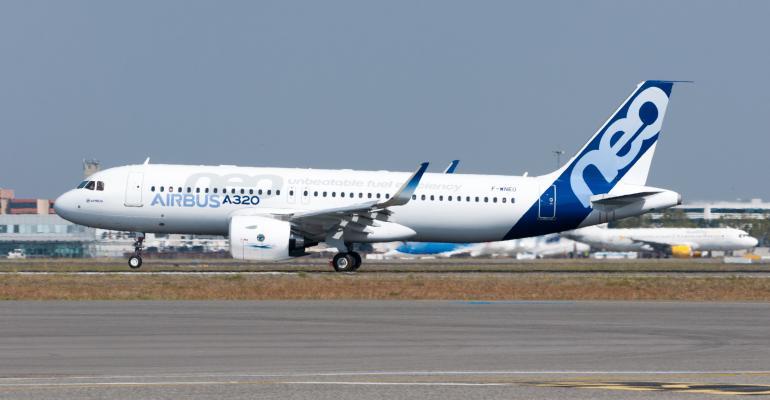The Boeing 747, also known as the "Jumbo Jet", was the first wide-body commercial jetliner. In the following article, Alotrip will share with you the most useful information about Boeing 747 aircraft.
The Boeing 747, also known as the "Jumbo Jet", was the first wide-body commercial jet aircraft manufactured by the US Boeing Commercial Airplane. With a special hump upstairs along the front of the aircraft, the Boeing 747 is one of the most recognizable aircraft types. It had considered larger-capacity versions for 37 years before it was surpassed by the Airbus A380.
The original version of the Boeing 747 was 2.5 times larger than the Boeing 707 - a large commercial aircraft of the 1960s. The Boeing 747 - 400 was one of the fastest large-sized civil aircraft in operation with a continuous range of up to 13,450 km. It can carry 416 passengers in three classes or 524 in two classes or 660 passengers in a high-density seat class. The variants of Boeing 747 aircraft include Boeing 747SP, Boeing 747-100, Boeing 747-200B, Boeing 747-300, Boeing 747-400, Boeing 747-400ER, and Boeing 747-8.
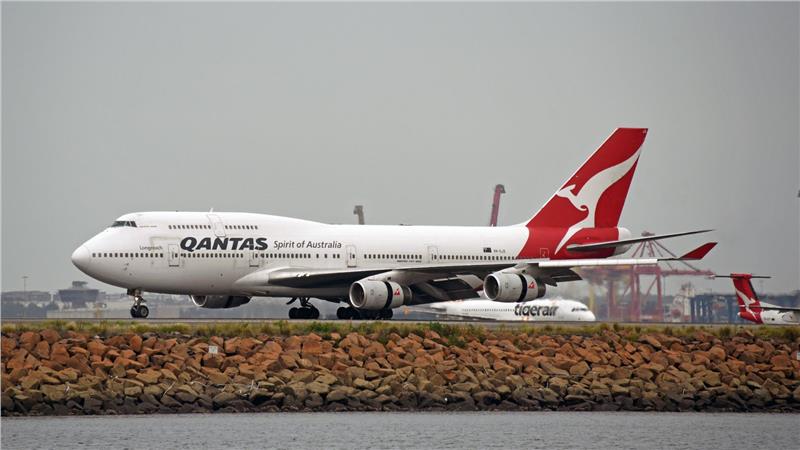
Development
In 1963, the United States Air Force began a series of research projects on a very large strategic transport aircraft. They aimed for a larger and more capable aircraft, especially for carrying oversized cargo.
Due to the relatively small capacity of the current aircraft, but the large number of passengers, overcrowded airports and the pressure of Juan Trippe - the president of Pan American World Airways, Boeing has launched the variant of Boeing 747.
In 1965, Joe Sutter was transferred from the Boeing 737 development team to manage the design team for the Boeing 747 aircraft.
Because none of the factories was large enough to assemble this huge civil aircraft, Boeing decided to buy a 780-acre (316-hectare) area in June 1966 to build a new factory for Boeing 747 production.
On 30 September, 1968, the first Boeing 747 was introduced at the Everett assembly plant. There were 26 airlines in the world ordering this aircraft.
After removing and fixing the drawbacks, Boeing brought one of the test aircraft to the 28th Paris Air Show in mid-1969. This was the first time Boeing 747 had been introduced to the public.
In December 1969, the Boeing 747 gained a FAA flight certificate and new aircraft were ready for official service.
Operational history
On 9 February, 1969, the first flight of the Boeing aircraft was made.
On 15 January, 1970, US First Lady Pat Nixon baptized Pan Am's first 747 at Dulles International Airport. Seven days later, on 22 January, 1970, the Boeing 747 began operating on New York – London route of
Pan Am.
The main customers of Boeing 747 include British Airways, China Airlines, Cathay Pacific, and Korean Air.
By April 2008, there were 1402 produced Boeing aircraft.
Specifications
|
Variant |
747-100 |
747-200B |
747-300 |
747-400 747- 400 ER |
747 – 8I |
|
Cockpit crew |
3 |
2 |
|||
|
Seat capacity |
452 (2- class) 366 (3 – class) |
524 (2 - class) 416 (3- class) |
467 (3 – class) |
||
|
Length |
231 ft 10 in (70.6 m) |
250 ft 8 in (76.4m) |
|||
|
Wingspan |
195 ft 8 in (59.6 m) |
211ft 5 in (64.4m) |
224 ft 9 in (68.5m) |
||
|
Height |
63 ft 5 in (19.3m) |
63 ft 8 in (19.4m) |
63 ft 6 in (19,4m) |
||
|
Empty weight |
358.000 lb (162.400 kg) |
383.000 lb (174.000 kg) |
392.800 lb (178.100 kg) |
393.263 lb (178.756 kg) ER: 406.900 lb (184.600 kg) |
410.000 lb (185.972 kg) |
|
Maximum takeoff weight (MTOW) |
735.000 lb (333.390 kg) |
833.000 lb (377.842 kg) |
875.000 lb (396.890 kg) ER: 910.000 lb (412.775 kg) |
970.000 lb (439.985 kg) |
|
|
Cruise speed (above 35,000 ft) |
Mach 0.84 (555 mph, 895 km / h, 481 nautical miles / h) |
Mach 0.85 (567 mph, 913 km / h, 487 nautical miles / h) ER: Mach 0.855 (570 mph, 918 km / h, 493 knots / h) |
Mach 0.855 (570 mph, 918 km / h, 493 knots / h) |
||
|
Maximum speed |
Mach 0.89 (587 mph, 945 km / h, 510 nautical miles / h) |
Mach 0.92 (608 mph, 977 km / h, 527 nautical miles / h) |
|||

